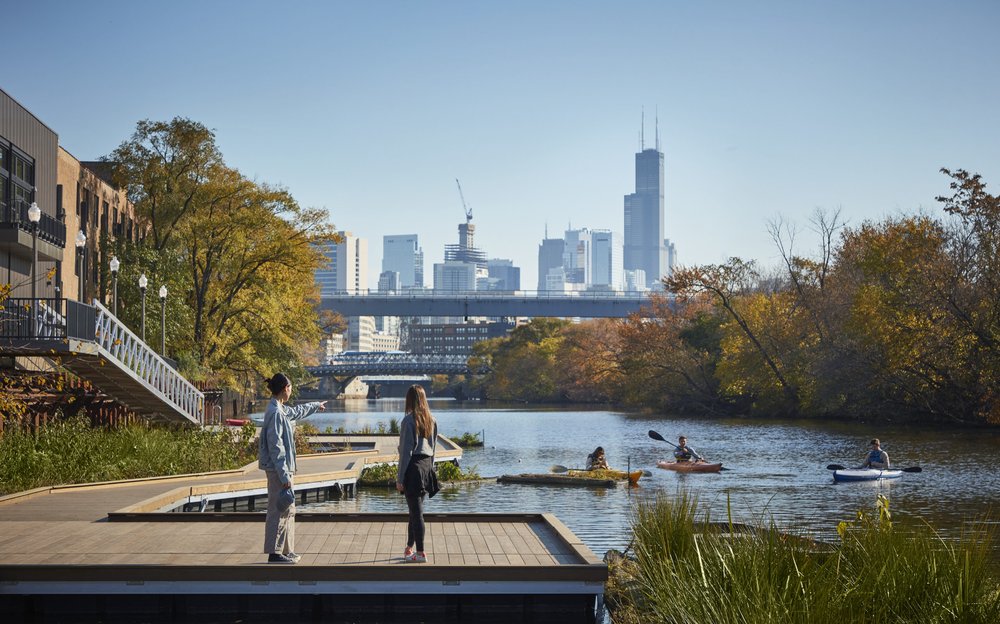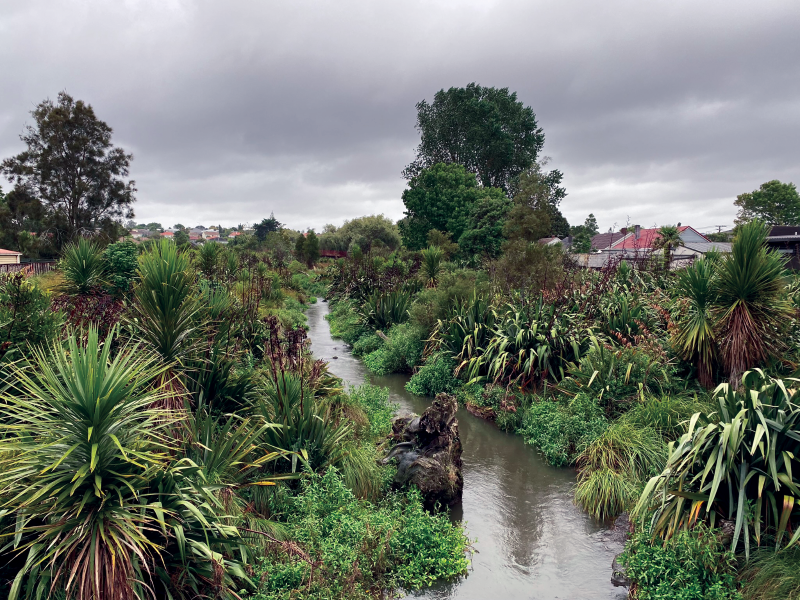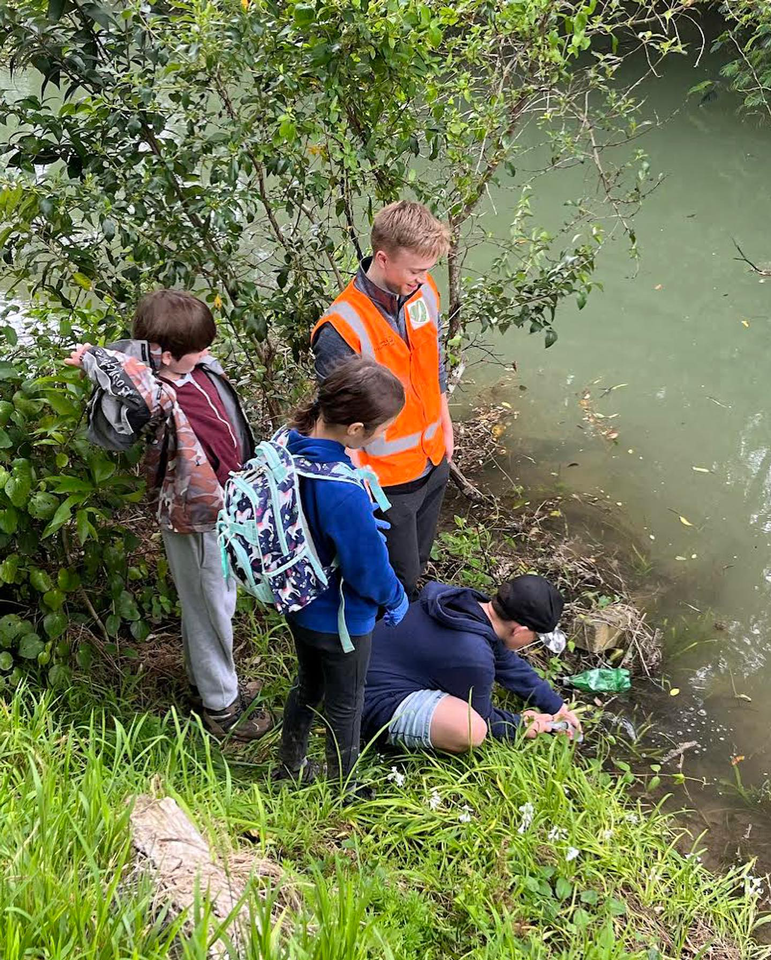Rivers are more than just flowing water. They are vital ecosystems that make up the lifeblood of our cities. They provide various environmental benefits, such as acting as barriers to control floods and absorbing excess rainwater, becoming natural buffers to the effects of climate change, and are crucial elements that make up the fabric of our urban areas. As cities expand and urban areas become more developed, urban rivers are fundamental in maintaining our biodiversity. They are responsible for supporting a range of wildlife by acting as habitats for fish and birds or as crucial water sources for nearby plants. Healthy urban rivers are also important as they help keep the air and water quality clean by naturally filtering out pollutants and keeping our waters safe.

Urban rivers not only provide environmental value but social and recreational value as well. Rivers in urban areas are key locations for footpaths to develop and activities to unfold, becoming areas where people walk, jog, play around or enjoy nature. This helps with benefits such as calming stress levels and relaxation while increasing physical activity and overall mental well-being. It is vital to understand the role that these rivers play as critical ecological corridors in densely populated areas, which allow people to take a step away from the bustling nature of the city for a change of pace. To people, these urban rivers may also provide cultural significance to their local communities. Some rivers can help people understand the historical background of an area or are key locations that help foster a sense of community pride.

These benefits are only some of the few that urban rivers provide to society, which indicates why it is so important to us that we must protect them and make sure they are sustainable for the future. We can ensure this through urban river restoration work in ways like replanting native vegetation alongside rivers to prevent erosion and support wildlife, monitoring water quality to assess the health of a river and encouraging local communities to take part in clean-up and planting events to make sure they are aware of what it takes for urban rivers to be clean. The restoration of these urban rivers ties into the work that we, as PFHW, do within the Howick Ward area. It is one of our priorities to do our best to fulfil what is needed to restore these Urban Rivers and make them sustainable for future generations as the lifeblood of our cities.

By Matthew Quot

© Copyright 2024 - PEST FREE HOWICK WARD
A Howick Local Board funded project

Leave a Reply